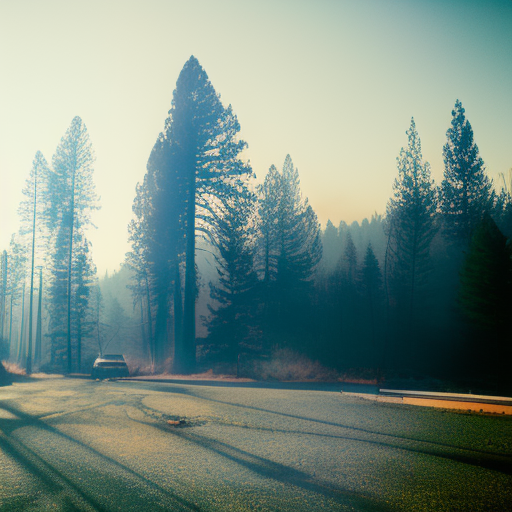Summary: October 2017 Northern California Wildfires
In October 2017, a series of devastating wildfires broke out in Northern California, causing widespread destruction and loss of life. The fires, fueled by strong winds and dry conditions, burned through thousands of acres of land, destroyed thousands of structures, and resulted in the evacuation of tens of thousands of residents.
Background
The wildfires in Northern California were a result of a combination of factors, including a prolonged period of drought, high temperatures, and strong winds. The region had experienced below-average rainfall for several years, leading to dry vegetation that acted as fuel for the fires. Additionally, the strong winds, known as Diablo winds, further exacerbated the spread of the fires.
Timeline of Events
The wildfires started on October 8, 2017, and quickly spread across multiple counties in Northern California. The most affected areas included Napa, Sonoma, Mendocino, and Lake counties. The fires were initially sparked by downed power lines and quickly grew out of control due to the dry conditions and strong winds.
As the fires spread rapidly, emergency services were overwhelmed, and thousands of residents were forced to evacuate their homes. The speed and intensity of the fires made it difficult for firefighters to contain them, and the flames consumed everything in their path.
Over the course of several days, the fires burned through more than 245,000 acres of land, destroyed over 8,900 structures, and claimed the lives of 44 people. The damage caused by the fires was estimated to be in the billions of dollars.
Response and Recovery Efforts
In response to the wildfires, state and federal agencies, along with local communities, mobilized to provide assistance and support to those affected. Firefighters from across the state and neighboring regions were deployed to help battle the fires and protect communities.
Evacuation centers were set up to provide shelter, food, and medical assistance to displaced residents. Donations poured in from across the country, with individuals and organizations offering support to those affected by the fires.
As the fires were brought under control, the focus shifted to recovery and rebuilding efforts. Government agencies and non-profit organizations worked together to provide financial assistance, housing, and resources to those who had lost their homes.
The wildfires also prompted a review of emergency response procedures and policies. Lessons learned from the fires led to improvements in communication systems, evacuation plans, and fire prevention measures.
Conclusion
The October 2017 Northern California wildfires were a devastating event that caused widespread destruction and loss of life. The combination of dry conditions, strong winds, and downed power lines created the perfect conditions for the fires to spread rapidly.
The response to the wildfires demonstrated the resilience and unity of the affected communities, as well as the dedication and bravery of the firefighters and emergency personnel who worked tirelessly to contain the fires.
While the recovery process was challenging, the communities affected by the wildfires showed remarkable strength and determination in rebuilding their lives and communities. The lessons learned from this tragic event will continue to inform and improve emergency response efforts in the future.












